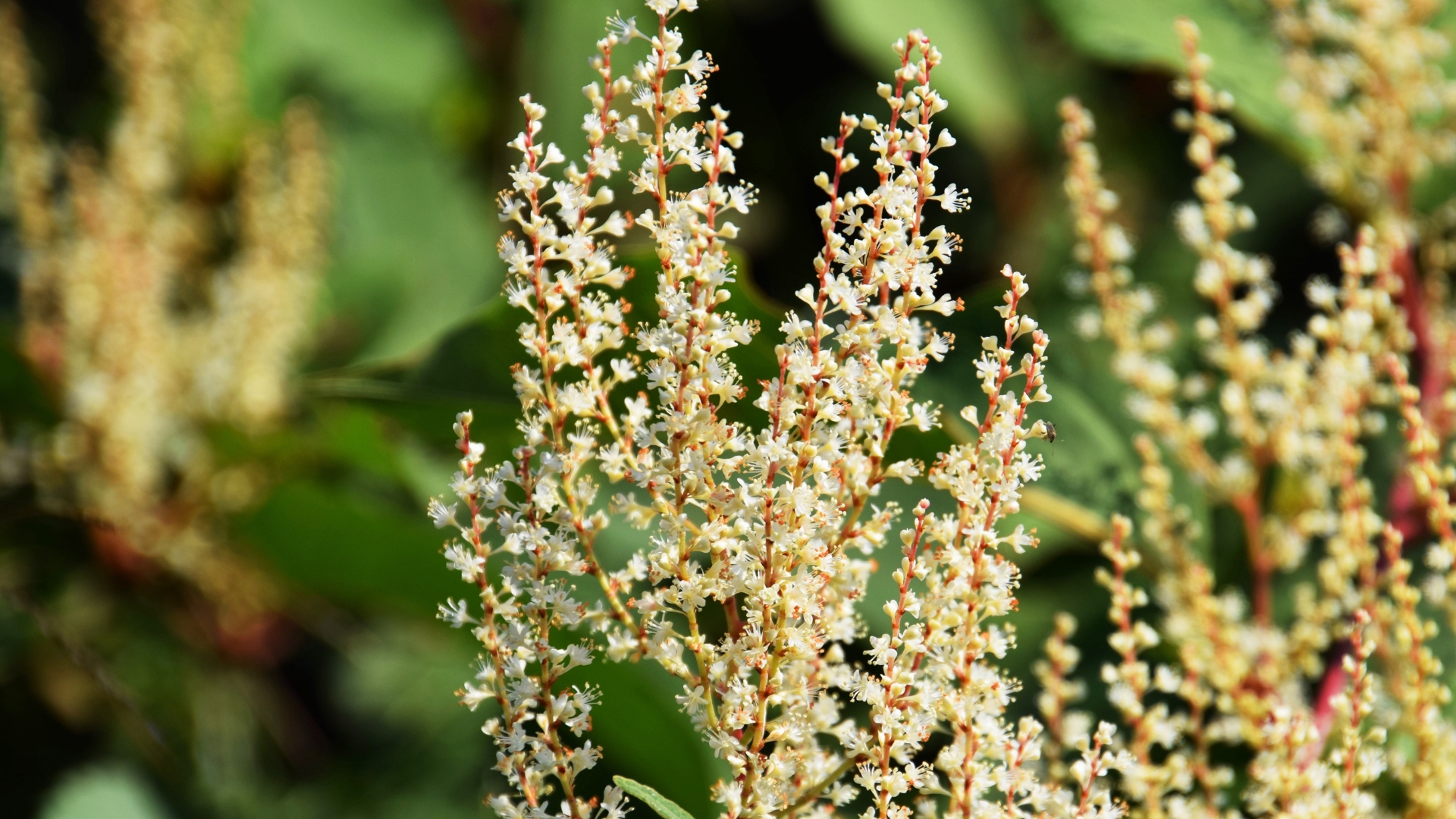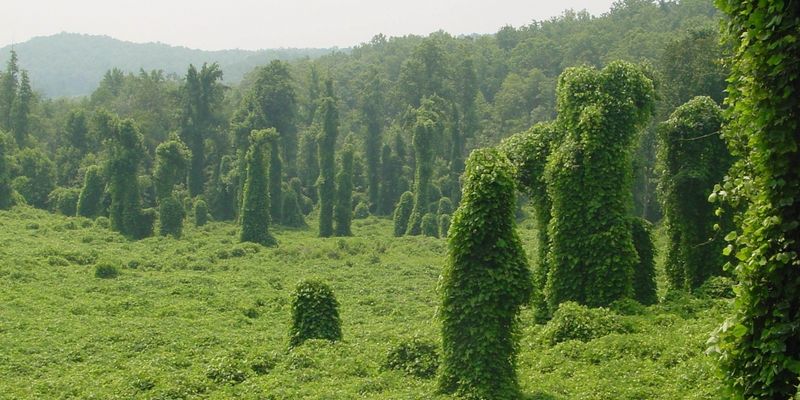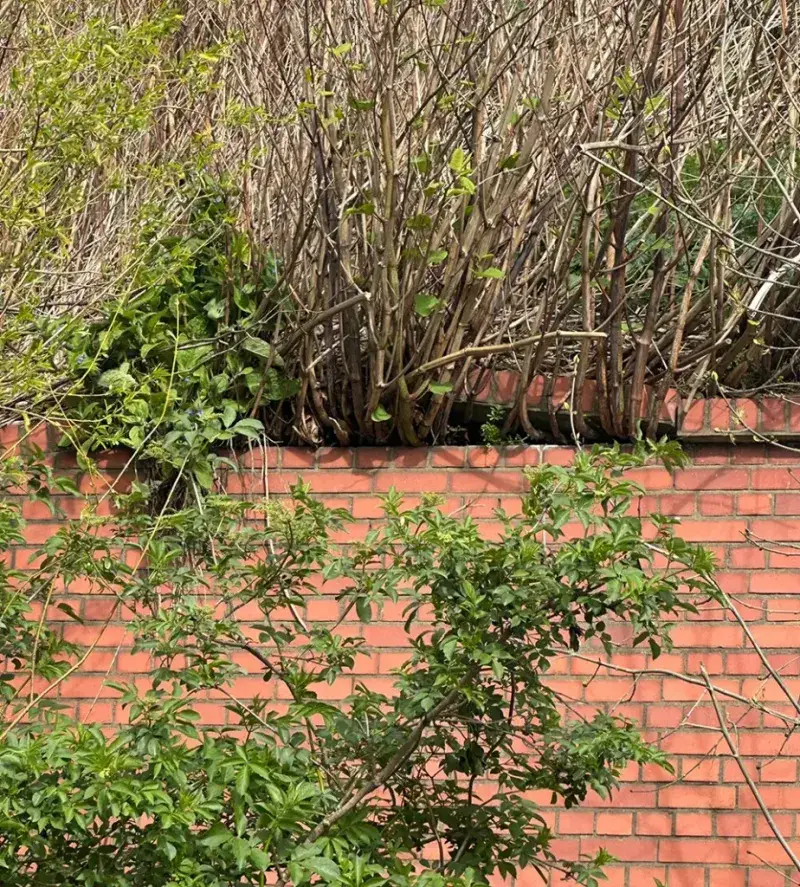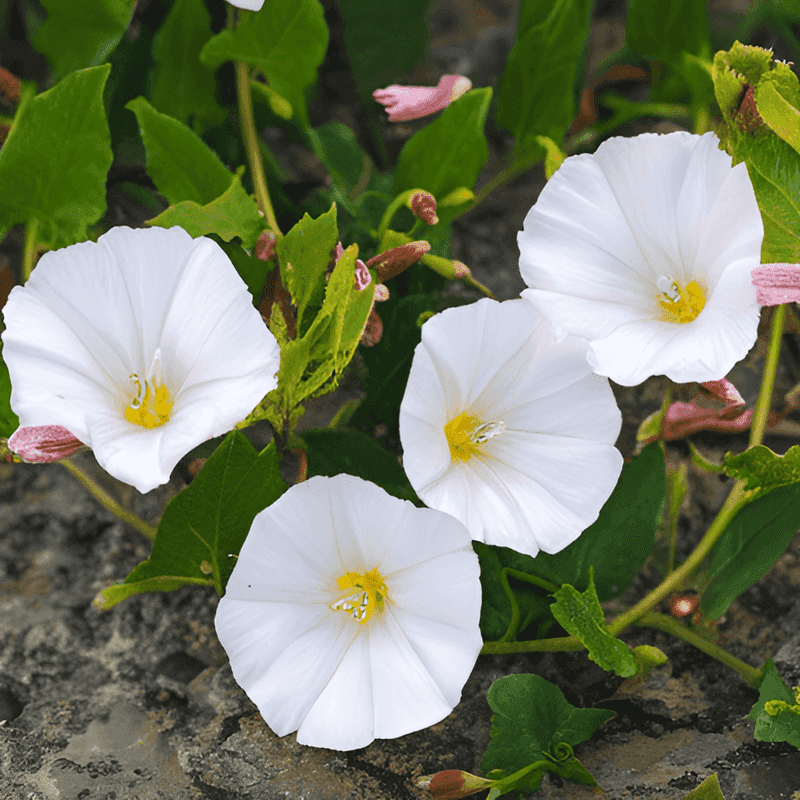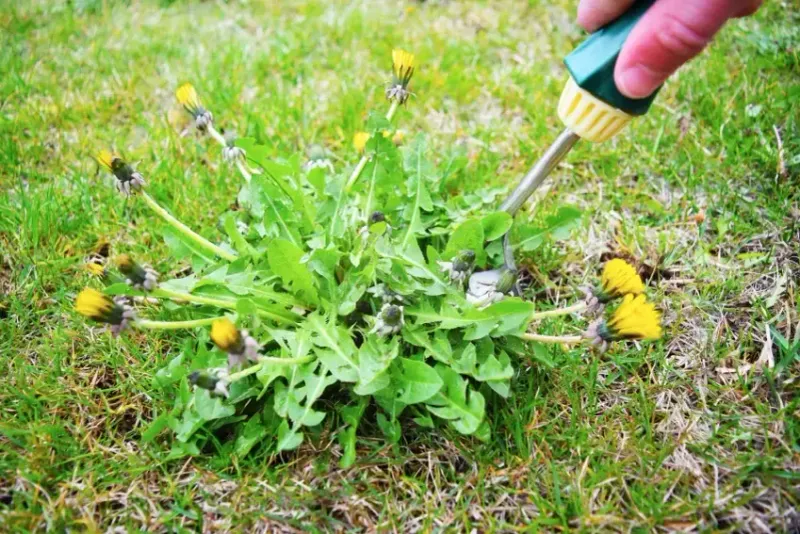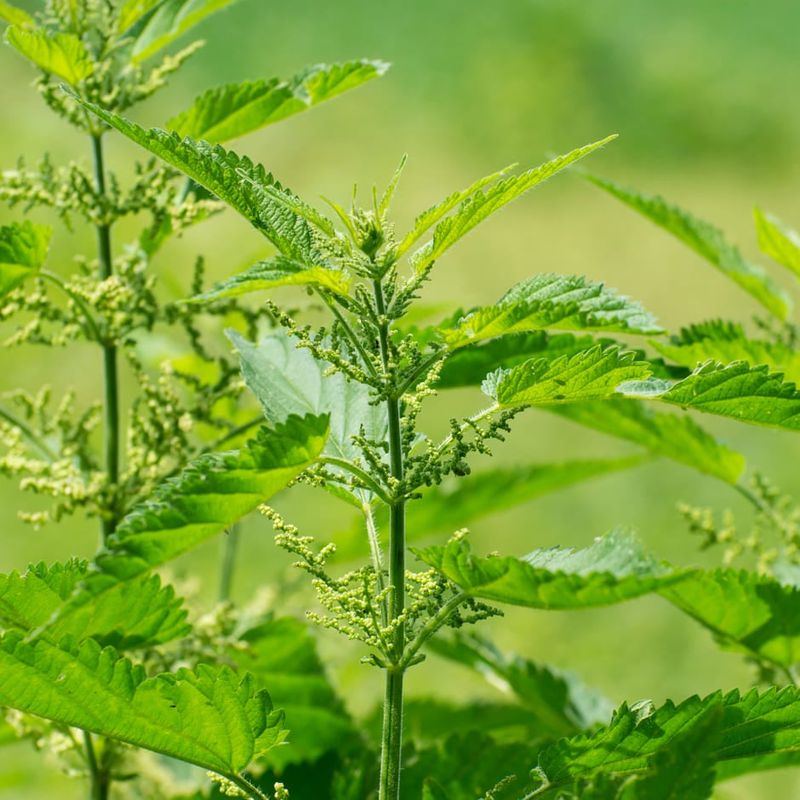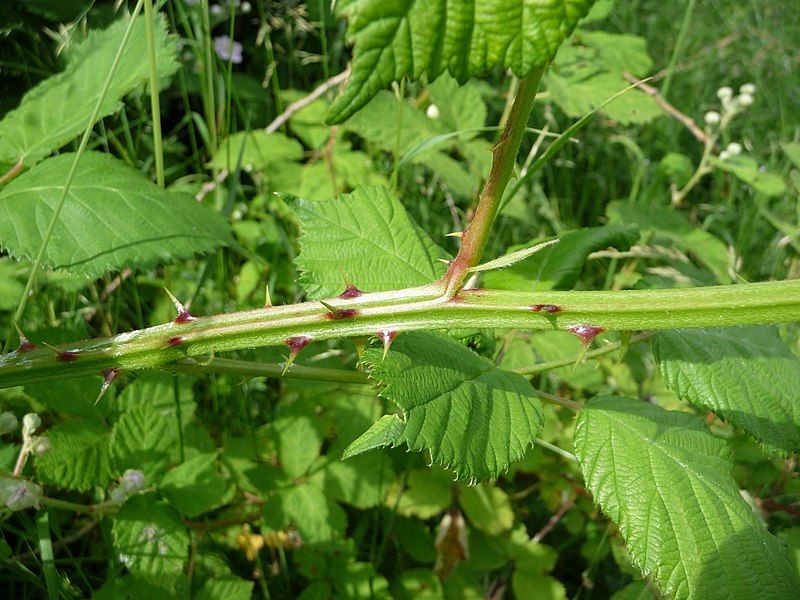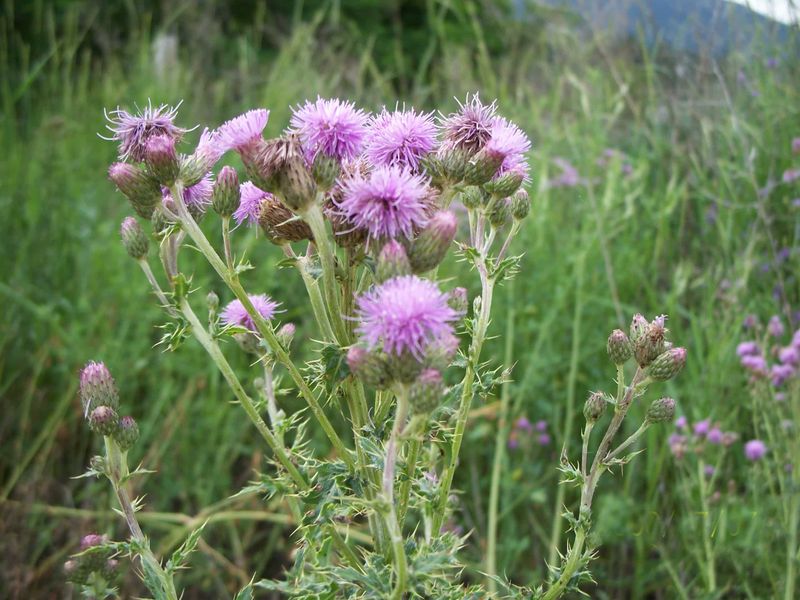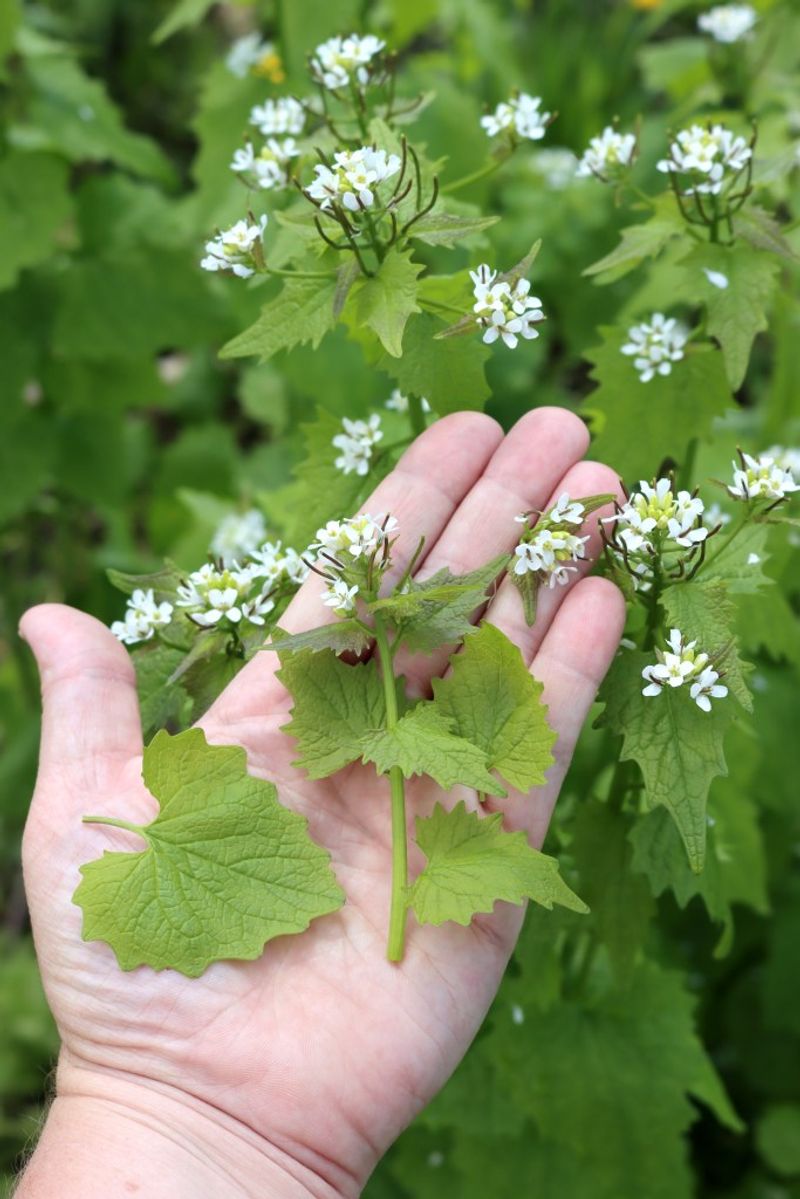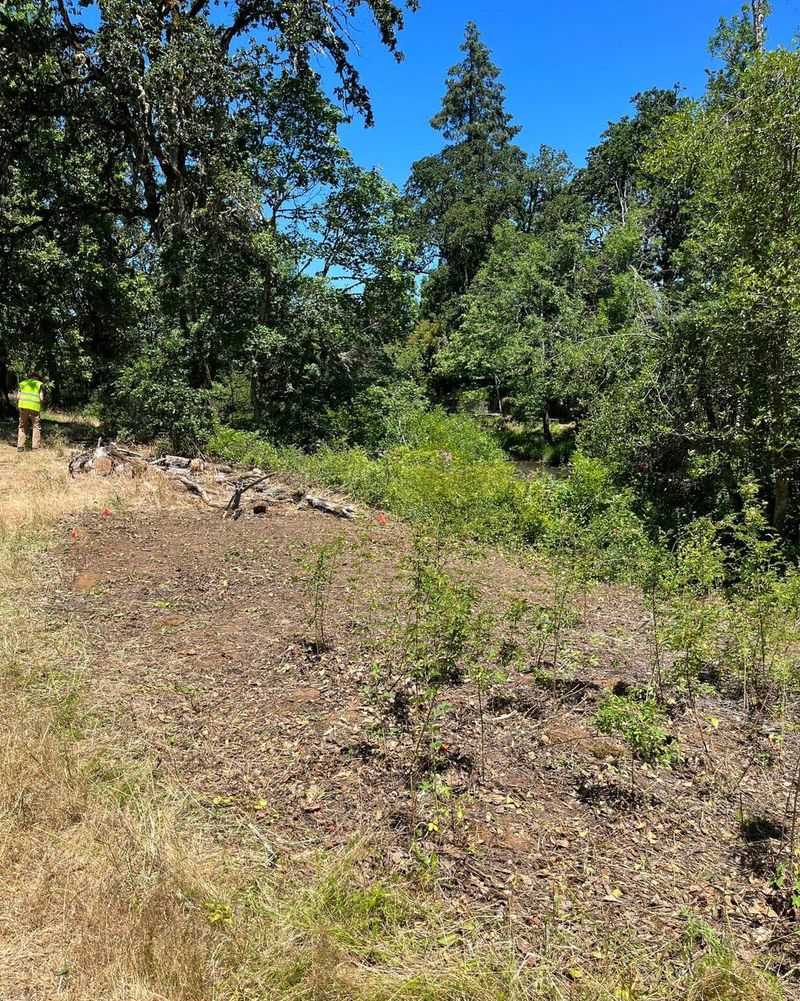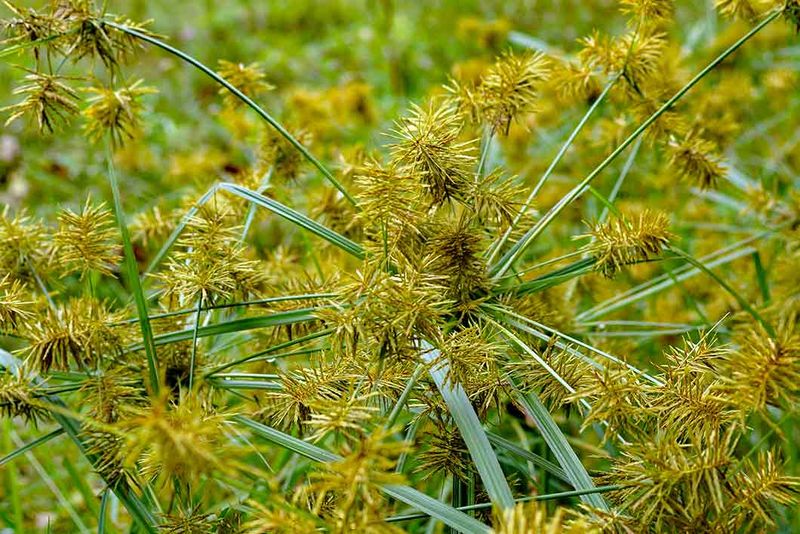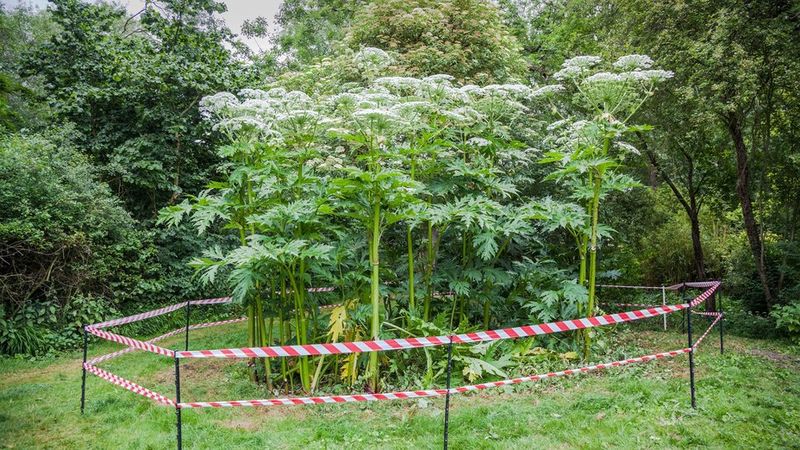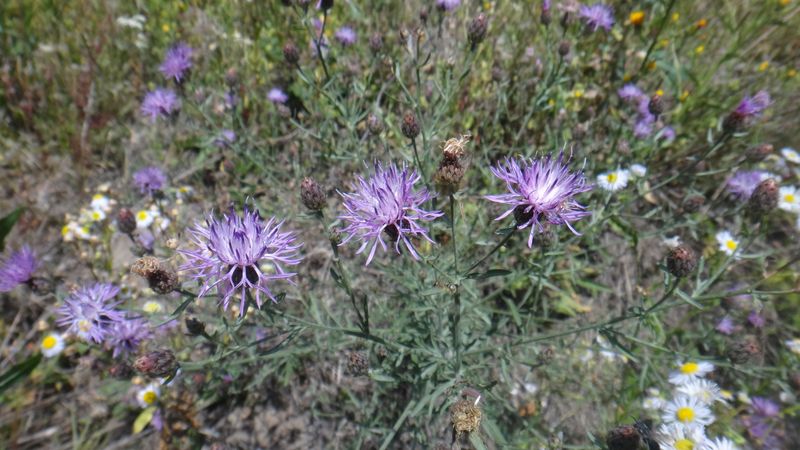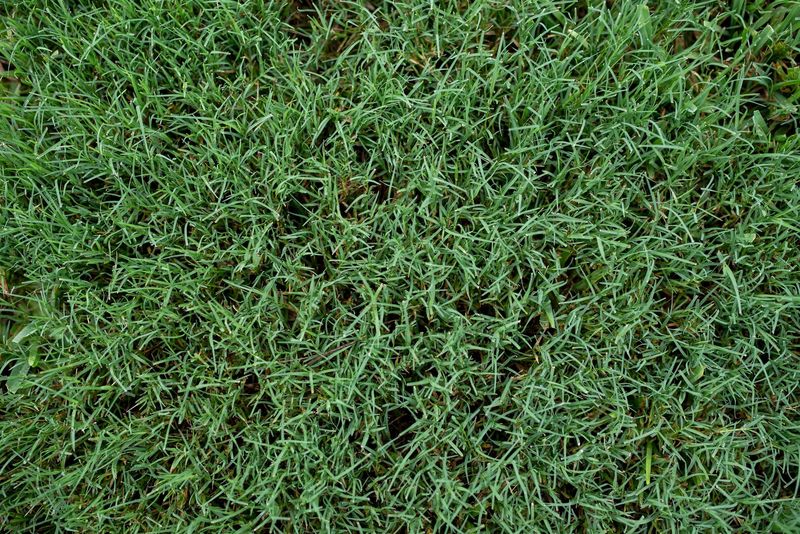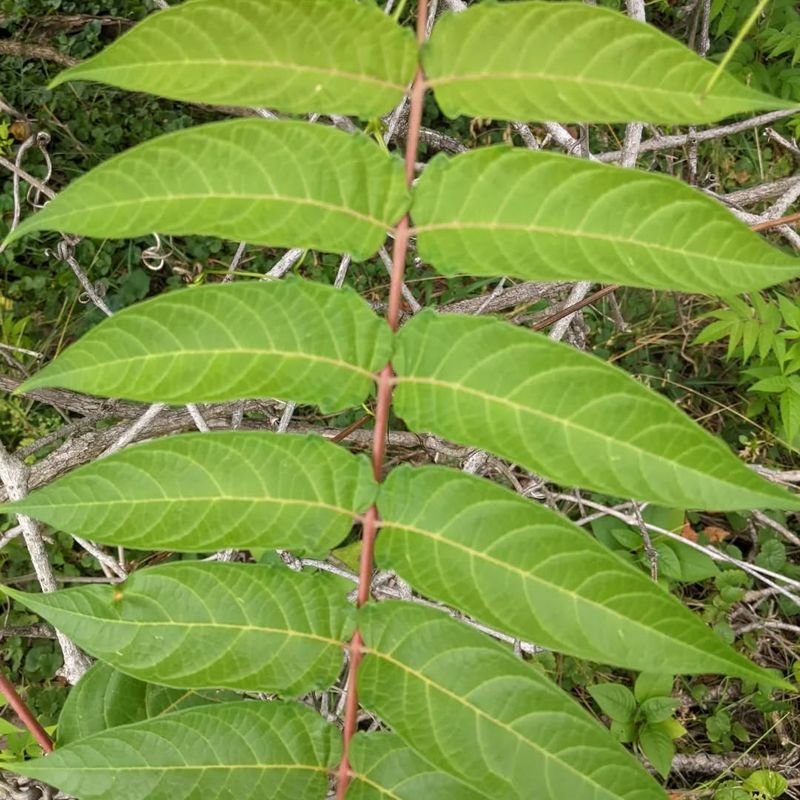Weeds are the silent invaders of gardens and yards everywhere, stealing nutrients from your plants and spreading like wildfire. Left unchecked, these botanical bullies can destroy landscapes, damage foundations, and even cause health problems. Knowing which troublemakers to target first can save you countless hours of gardening heartache down the road.
1. Kudzu: The Vine That Ate the South
Originally introduced as an ornamental plant, kudzu now smothers entire forests in the southeastern United States. This aggressive climber can grow up to a foot per day during summer months, enveloping trees, houses, and anything else in its path.
The root system grows massive underground, making complete removal incredibly difficult once established. For small infestations, persistent cutting followed by herbicide application works best. Large-scale invasions often require professional intervention with specialized equipment and chemicals.
2. Japanese Knotweed: The Foundation Destroyer
Homeowners tremble at the mention of Japanese knotweed. This bamboo-like invader’s underground rhizomes can crack concrete, damage foundations, and even lower property values. Its hollow stems with purple speckles can reach 10 feet tall by midsummer.
Removal requires persistence and often professional help. The roots can extend 10 feet deep and 23 feet horizontally! Never compost this monster – even tiny fragments can regrow into new plants. Some regions have special disposal requirements because of how dangerous this plant is.
3. Poison Ivy: The Itchy Nightmare
“Leaves of three, let it be” isn’t just a catchy rhyme – it’s essential advice for avoiding this misery-causing plant. Poison ivy contains urushiol, an oil that causes painful, blistering rashes in most people. The plant changes appearance throughout seasons, making identification tricky for beginners.
Never burn poison ivy, as the smoke can carry urushiol particles into your lungs! When removing, wear long sleeves, pants, and disposable gloves. Bag all plant material carefully and check local regulations for proper disposal methods. Wash all tools and clothing separately afterward.
4. Bindweed: The Garden Strangler
Don’t be fooled by bindweed’s pretty white morning glory-like flowers – this aggressive climber is a gardener’s nightmare! Its extensive root system can reach 20 feet deep, making complete eradication nearly impossible once established.
The twining stems wrap around other plants, eventually choking and killing them. Pulling visible parts provides only temporary relief. For serious infestations, cover the area with cardboard and mulch for an entire growing season to starve the roots of sunlight.
5. Dandelion: The Deceptive Invader
Those charming yellow flowers that transform into magical puffballs are actually garden terrorists in disguise! Each dandelion head can produce over 100 seeds that travel miles on the wind. The taproot grows up to 10 inches deep, snapping off when pulled and regenerating into new plants.
Remove dandelions when they first appear using a specialized weeding tool that extracts the entire root. Spring and fall are ideal times for removal when the soil is moist. Some gardeners have found success using vinegar solutions on sunny days for chemical-free control.
6. Stinging Nettle: The Pain-Inducing Menace
Brush against stinging nettle and you’ll immediately understand how it got its name! Tiny hollow hairs on stems and leaves inject irritating chemicals that cause burning pain, redness, and itching. Despite its culinary and medicinal uses, this aggressive spreader can quickly dominate garden edges and woodland areas.
Always wear thick gloves when handling nettles. Cut plants before they flower to prevent seeding. For established patches, dig out the extensive rhizome network or smother with thick mulch. Interestingly, crushing the leaves and applying to stings can sometimes relieve the pain they cause!
7. Creeping Charlie: The Lawn Infiltrator
Those scalloped leaves and tiny purple flowers might look innocent, but Creeping Charlie (ground ivy) is a lawn destroyer. The square stems root at nodes as they creep along the ground, creating dense mats that choke out grass and other desirable plants.
Improving soil conditions often helps grass compete better against this invader. Regular mowing prevents flowering and seed production. For natural control, a solution of borax diluted in water can be effective, though it must be applied carefully to avoid harming other plants.
8. Himalayan Blackberry: The Thorny Takeover Artist
Armed with vicious curved thorns, Himalayan blackberry creates impenetrable thickets that can grow 15 feet tall and spread 50 feet wide in a single season! While the berries are edible, this aggressive invader crowds out native plants and blocks access to water sources for wildlife.
Cutting stems to ground level and immediately applying herbicide to cut surfaces works best. For organic control, repeated cutting followed by covering with heavy black plastic for at least a year can exhaust the root system. Always wear heavy gloves, long sleeves, and eye protection when battling this thorny monster.
9. Canada Thistle: The Prickly Spreader
Canada thistle laughs at your attempts to control it! Despite the name, this Eurasian invader produces thousands of seeds that remain viable for 20+ years. Underground, horizontal roots can spread 15 feet annually, sending up new shoots every few inches.
Mowing before flowering helps prevent seed spread but won’t kill established plants. For small patches, covering with thick black plastic for an entire growing season can be effective. Repeated cutting of shoots eventually starves the roots, though this approach requires years of persistence.
10. Garlic Mustard: The Forest Floor Invader
First-year garlic mustard forms innocent-looking rosettes of round leaves, but by year two, it transforms into a 3-foot tall seed factory. Crushing the leaves releases a distinct garlic odor that gives this invader its name. Each plant produces thousands of seeds that remain viable for 5+ years.
Early detection is crucial for control. Pull plants before they flower, being sure to remove the entire root. Larger infestations may require herbicide treatment. Some communities organize spring “pulls” where volunteers gather to remove this threat from natural areas before seed production.
11. English Ivy: The Tree Killer
Climbing up to 90 feet high, English ivy slowly strangles trees while adding weight that increases fall risk during storms. The dense ground cover also prevents forest regeneration by blocking sunlight needed for seedlings. Once established, removal becomes extremely difficult.
Start by creating a “life ring” around trees by cutting all ivy vines at shoulder height and again at ground level. Remove a section of each vine to prevent reconnection. For ground cover, persistent pulling followed by mulching works best. Consider replacing with native alternatives like wild ginger or foamflower.
12. Yellow Nutsedge: The Lawn Imposter
Often mistaken for grass, yellow nutsedge gives itself away with its triangular stems and distinctive V-shaped growth pattern. This aggressive weed produces underground tubers called “nutlets” that can remain dormant for years before sprouting. Each plant can produce hundreds of these reproductive time bombs!
Pulling often leaves nutlets behind, making control difficult. Improving drainage helps, as nutsedge loves wet conditions. For serious infestations, specialized herbicides containing halosulfuron provide the most effective control when applied during active growth periods.
13. Giant Hogweed: The Dangerous Giant
Giant hogweed isn’t just invasive – it’s dangerous! Growing up to 14 feet tall with 5-foot leaves and huge white flower clusters, this monster contains sap that causes severe burns and blisters when skin is exposed to sunlight. Scars can last for years, and eye contact can cause blindness.
Never touch this plant without full protective gear including gloves, goggles, and waterproof clothing. Report sightings to local authorities immediately. Professional removal is strongly recommended due to the serious health risks involved. Some regions have dedicated response teams for this particular threat.
14. Spotted Knapweed: The Soil Poisoner
Spotted knapweed doesn’t just compete with other plants – it actively poisons them! This clever invader releases chemicals from its roots that inhibit growth of neighboring vegetation, creating dead zones where nothing else can grow. The pretty purple flowers produce up to 1,000 seeds per plant.
Pulling works for small infestations if done before seed production. Wear gloves as the plant can cause skin irritation. For larger areas, targeted herbicide application in spring or fall provides effective control. Some regions have introduced specialized insects that feed exclusively on knapweed with good success.
15. Bermuda Grass: The Sneaky Invader
Bermuda grass makes a fantastic lawn in the right location, but as a weed, it’s nearly impossible to eliminate! The extensive network of underground rhizomes and above-ground stolons allows it to spread rapidly in all directions. Even tiny fragments can regenerate into new plants.
For garden beds, install deep edging barriers that extend at least 8 inches underground. Solarization during hot summer months can be effective for large areas. Cover moistened soil with clear plastic for 4-6 weeks when temperatures are consistently above 80°F.
16. Tree of Heaven: The Stinky Imposter
Despite its heavenly name, this fast-growing tree from China creates earthly problems wherever it spreads! Broken leaves and stems emit a strong, unpleasant odor often described as rotten peanut butter. A single tree can produce over 300,000 seeds annually while also spreading through aggressive root suckers.
Young seedlings can be pulled, but established trees require cutting followed by immediate herbicide application to the stump. Simply cutting without herbicide treatment stimulates vigorous resprouting. The tree also serves as primary host for spotted lanternfly, an invasive insect causing agricultural damage across eastern states.

